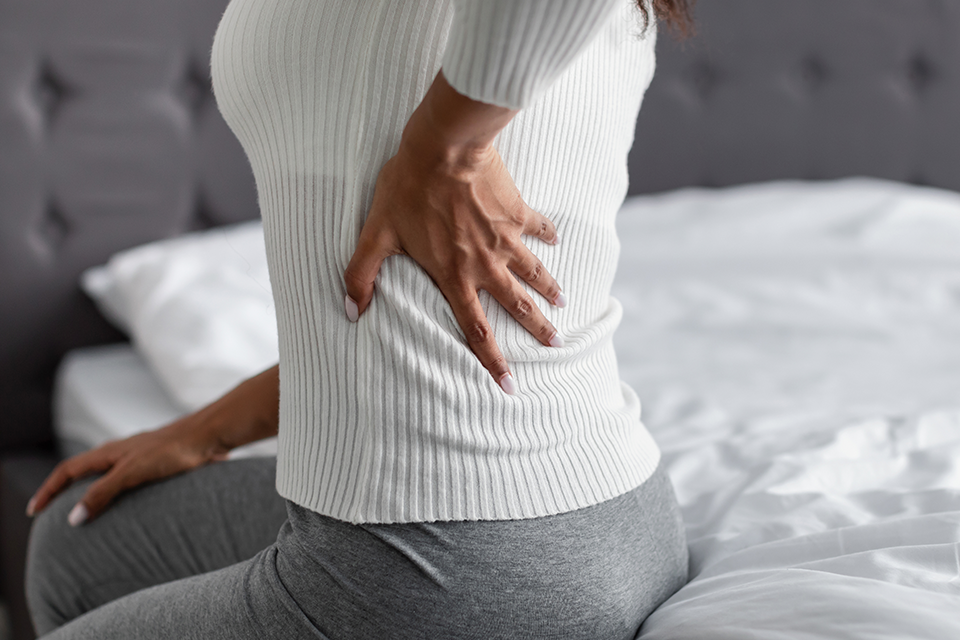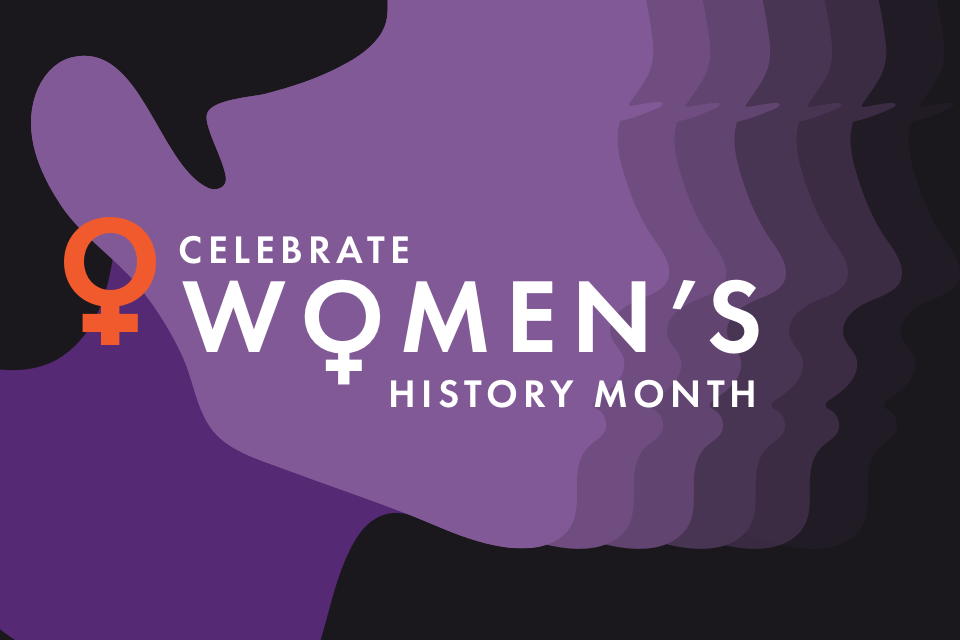Nearly 100 million Americans experience chronic pain — more than those who have diabetes, heart disease, and cancer combined. Many of us try to “muscle through” it and essentially ignore it, but this could have adverse effects.
Pain Awareness Month aims to make the public aware of how prevalent general pain is, educate people on how to deal with pain, and collect funding for research and treatment. The month-long observation was established in 2001 by a consortium of organizations coordinated by the American Chronic Pain Association.
Understanding more about pain, the types of pain, and the underlying causes can help improve treatments and alleviate suffering.
What Exactly is Pain?
The sensation of pain involves communication between your nerves, spinal cord, and brain.
Pain can be a distressing feeling often caused by intense or damaging stimuli. The International Association for the Study of Pain defines pain as “an unpleasant sensory and emotional experience associated with or resembling that associated with actual or potential tissue damage. In medical diagnosis, pain is regarded as a symptom of an underlying condition.
In short, pain lets us know when something is wrong and gives us hints about the cause.
Chronic Pain and Acute Pain
While there are several different types of pain, the two over-arching classifications are chronic pain and acute pain.
Chronic pain is defined as pain that lasts for three months or more, versus acute pain which happens when you get hurt, such as experiencing a simple cut to your skin or a broken bone. Chronic pain continues long after you recover from an injury or illness and sometimes it can even occur for no obvious reason.
Chronic pain can come in many different forms. Some common types of chronic pain include:
- Arthritis, or joint pain
- Back pain
- Neck pain
- Cancer pain near a tumor
- Headaches
- Lasting pain in scar tissue
- Muscle pain all over (such as with fibromyalgia)
- Neurogenic pain, by damage to the nerves or other parts of the nervous system.
Living with pain is no way to live, and can lead to other symptoms, including:
- Anxiety
- Depression
- Fatigue
- Insomnia
- Mood swings
Four Lifestyle Factors That Can Help Alleviate Pain
- Stress can cause pain, tightness, and soreness in your muscles, as well as spasms of pain. According to the American Psychological Association (APA), when you experience stress your muscles tense up, and when the stress goes away, your muscles release the tension. So, managing your stress is important. If you experience high levels of stress, you may want to try meditation, a long walk, or a massage from Aura Spa.
- Exercise: Participating in low-intensity exercise for 30 minutes every day may help reduce your pain. Immobility or lack of flexibility can contribute to pain, so yoga and stretching are great things to try.
- Diet: It’s important to eat a healthy diet to boost your overall health. Staying within a healthy weight range and getting the right nutrients to keep your body functioning properly are extremely important. Don’t know where to start? We can help! VIDA Registered Dietitians can help you get on the right track by offering full nutritional analysis, nutrition counseling, and meal planning services. Book a consultation today.
- Sleep: One in four adults fails to get enough sleep each night. Lack of sleep can cause weight gain, depression, anxiety, and even high blood pressure. Getting quality sleep is also important for stress management. All of these things are factors in managing aches and pains.
So, take time this month to evaluate your body. Is it running like a well-oiled machine, or do you have aches and pains that need to be addressed before they become chronic?
And if you find that your pain truly can’t be managed, make an appointment with your healthcare provider.








